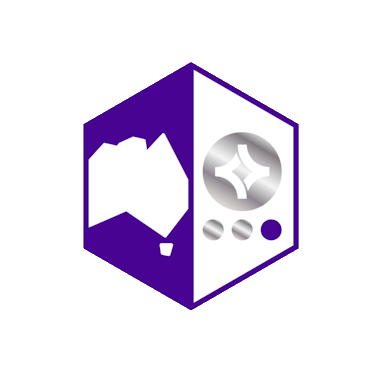In an era where industrial complexity is at an all-time high, the Root-KGD framework emerges as a pivotal innovation for fault detection. This novel framework leverages the robust capabilities of knowledge graphs blended with intricate industrial data to provide unprecedented accuracy in root cause diagnosis. Understanding the mechanics and implications of Root-KGD is essential for professionals navigating the intricate world of AI diagnostics.
Audience Insight: Who Benefits from Root-KGD?
Root-KGD is designed for data scientists, AI researchers, and industrial engineers who are spearheading efforts in advanced diagnostic tools. Additionally, the broader community of tech industry news readers and AI enthusiasts will find the developments in Root-KGD of particular interest due to its innovative approach in integrating diverse data sources to streamline fault diagnosis processes.
Core Explanation: What is Root-KGD?
Root-KGD stands as a testament to innovation in the field of artificial intelligence, particularly in fault detection. This framework not only identifies faults but does so with a precision that is critical in high-stakes industrial environments. By integrating knowledge graphs with industrial data, Root-KGD offers a more nuanced understanding of the systems it diagnoses, leading to more reliable and accurate fault detection.
Technological Underpinnings
At its core, Root-KGD utilizes knowledge graphs, which are dynamic data structures that store information in a network of entities and relationships. These graphs facilitate a deeper understanding of connections and correlations within data, crucial for pinpointing root causes in complex systems. The significance of data-driven modeling in such applications cannot be overstated, as it allows for a more systematic approach to diagnosing and resolving faults.
Real-World Applications
Root-KGD’s practical applications are vast and varied. For instance, in one case study, it dramatically improved fault detection rates in manufacturing processes by providing a clear diagnosis of issues that were previously ambiguous. The framework’s ability to compare and learn from various scenarios, including those illustrated in other frameworks like KGroot and RAG, enhances its adaptability and effectiveness.
Looking Ahead: Developments and Challenges
The journey of Root-KGD is ongoing, with continuous updates and enhancements being made to refine its diagnostic capabilities. The future directions of AI in root cause analysis look promising, driven by advancements in machine learning and data integration techniques. However, challenges such as data quality and the completeness of knowledge graphs still pose significant hurdles that need to be addressed to maximize the potential of frameworks like Root-KGD.
The integration of Root-KGD into industrial applications represents a significant step forward in the quest for smarter, more accurate diagnostic solutions. As we continue to unravel the capabilities of this framework, it becomes clear that the path forward is one of collaboration and innovation. Industry professionals are encouraged to delve deeper into the functionalities of Root-KGD and consider its integration into their diagnostic processes.
In the intricate dance of data and diagnosis, Root-KGD is not just a step forward—it’s a leap towards understanding the unseen, ensuring that every solution is as informed as it is intuitive.


